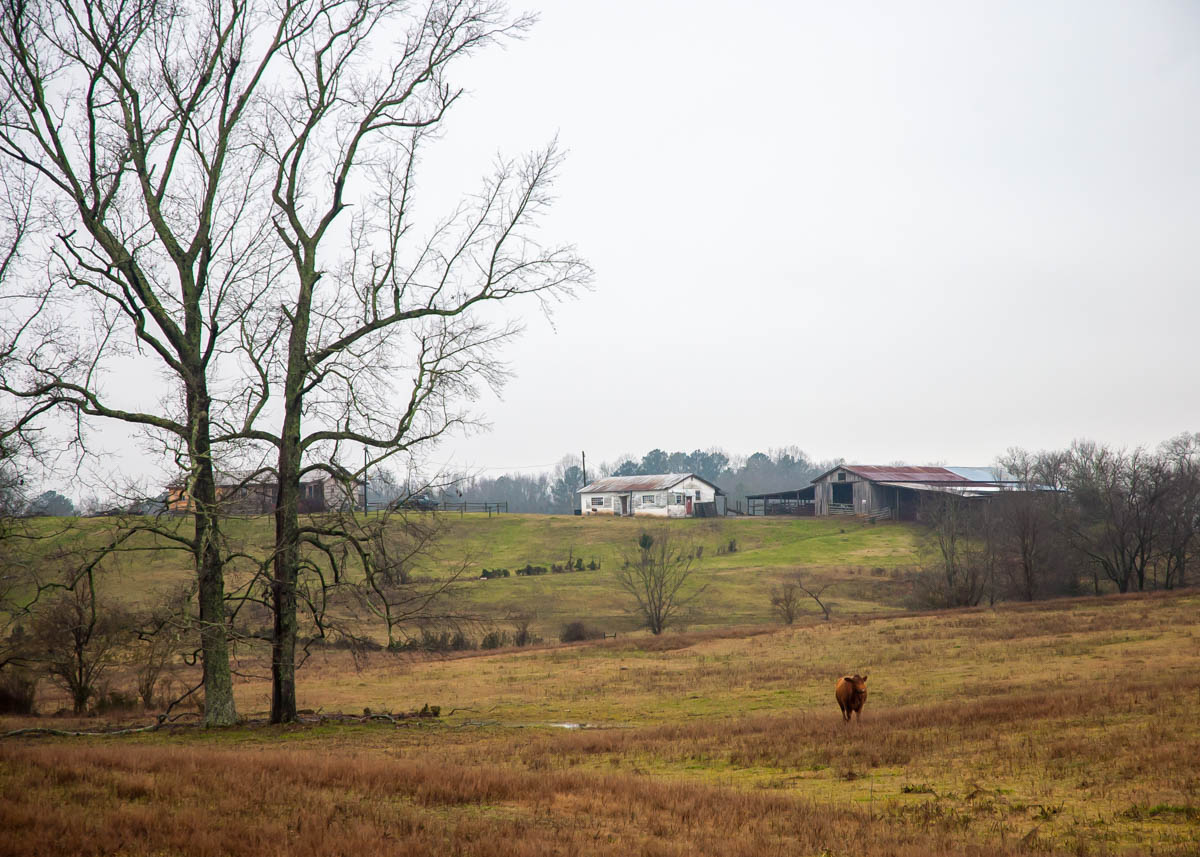Maids-A-Milking: Suttle Women in West Armuchee

Digging up stories throughout the process of writing Jordan’s Journey is one of the most interesting aspects of the project. I discovered many little details about my ancestors that helped me gain insight into their lives and personalities. I particularly enjoyed learning about the women. Women often don’t get their due in genealogy because we live in a patriarchal society. Sometimes, maiden names get lost, and you may not even know the family any given female ancestor comes from (I have several of these in my tree). I was, however, lucky enough to uncover quite a bit about some of my women ancestors, such as Caroline Pracilla Young (a brave pioneer who lost a husband and five children but kept going for her two surviving sons) or Margaret Lawrence (a rare matriarch whose children took her name–not that of their father). You can read about both of these women in Jordan’s Journey. But now I want to talk about a more distant female connection.
One family only briefly discussed in Jordan’s Journey is the Suttles. The Suttles were rooted in West Armuchee and were a fairly well-known family both in the local community and beyond. The Suttle women, in particular, made a name for themselves. The women operated a dairy farm that supplied some of the finest butter in the region. A 10 May 1888 write-up in the Walker County Messenger describes the Suttle homestead as “one of the most beautiful places in North Georgia:”
[The Suttle homestead] is as lovely a sight as ever came from the hand of nature and is in the hands of a family who have the love and esteem of all who know them. The farm is one of the best managed in the valley and the ladies are not behind in showing how excellent is their labor. They have had charge for some time of a dairy, the product of which is about 40 lb. per week of the choicest butter. At present seven cows are being milked, most of them with young calves. Sixteen gallons per day is the yield in milk. Each cow gets about two gallons of cotton seed and one of meal at a feed. The boss churn is used and churning is done twice a day. The butter is packed in 50 lb. tin cans and delivered once a week at the express office in Tunnel Hill. The expense of having it delivered is half a cents a pound. It is then shipped to Atlanta, the purchaser paying for it 25 cents per pound at Tunnel Hill. The cash receipts for eleven weeks since the first of February were something over $94.00. In summer to keep the butter in good condition the cans, when on the way to the railroad, are covered with a blanket which is kept wet. The dairy house is of brick and is a half basement on sloping ground into the side of a hill. Butter made in August and September they have kept perfectly sweet until October by adding to every four pounds of butter when working it a tablespoon full of white sugar. The butter is then packed in four 1 lb. layers, every layer being covered with salt until hid. Added to the dairy are twenty four thrifty shoats that show what a rapid growth can be made on butter milk and grass. The queen of the herd is a cow, now off duty, from whose milk two pounds of butter was made each day. No better butter goes to Atlanta than furnished by this model dairy.
The business must have been handed down through the Suttle family as my mother remembers the dairy farm from when she was a girl (over 50 years after the above was written). Her father, Earl Jordan, was a beef cattle farmer. Mom went with her dad to the Suttle dairy to pick up a calf one time. A dairy farm, with minimal use for male calves, would often sell them to a local farmer.
I don’t know when the Suttle dairy finally closed its doors nor what happened to that family’s descendants. These distant cousins who once brought life to those idyllic Armuchee Valleys are but one stop along the way here on Jordan’s Journey.
Have you uncovered any interesting stories about the women in your ancestral past?
Take a trip into the past
Thanks for visiting the Jordan's Journey blog archive. These posts have been made available here for continued reference and research purposes.
The original book is available to order from our shop or your favorite bookseller.
For questions or other inquiries: get in touch.


Great story! It calls to mind some of the great stories of my own matriarchs – both past and present!
This is awesome! I would love to see where the Suttle Family Tree stems from. My Great, Great, Great Grandfather, Mack Suttle was probably a slave freed by the Suttle Family n Walker County, West Armuchee, Ga.
Would love to find more research on the geneology of the Suttle Family.
Audrey Bowles
I have more than enough information Rude Suttles was the beginning of our family Mack Suttles was my grandpa too his father was Rude Suttles mother unknown born to John bias Suttles he was the son of George Suttles and Nancy Bias
WOW , thank you for your response Kim .
Would LOVE to finish this conversation as we are obviously descendants of Rude Suttle.
I initially thought Rude was Mack’s father but within the last year, in some record it appeared they were the same person.
I descend from Mack Suttle through Morgan, my maternal 2nd Great Grandfather. Please contact me to collaborate.
Sincerely,
Audrey Bowles
bowlesa15@gmail.com
Thank you so much for sharing this story. I descend from Suttles and am eager to learn how these Georgia Suttles fit into my ancestry!
You’re welcome! If you figure out how you connect to the Armuchee Valley Suttle family, let me know. I do not descend directly from the Suttle family, but they do connect in my tree via marriage.
WOW , thank you for your response Kim!
Would LOVE to finish this conversation as we are obviously descendants of Rude Suttle. I initially thought Rude was Mack’s father but within the last year, in some record it appeared they were the same person. I descend from Mack Suttle through Morgan, my maternal 2Great Grandfather. Please contact me to collaborate.
Sincerely,
Audrey Bowles